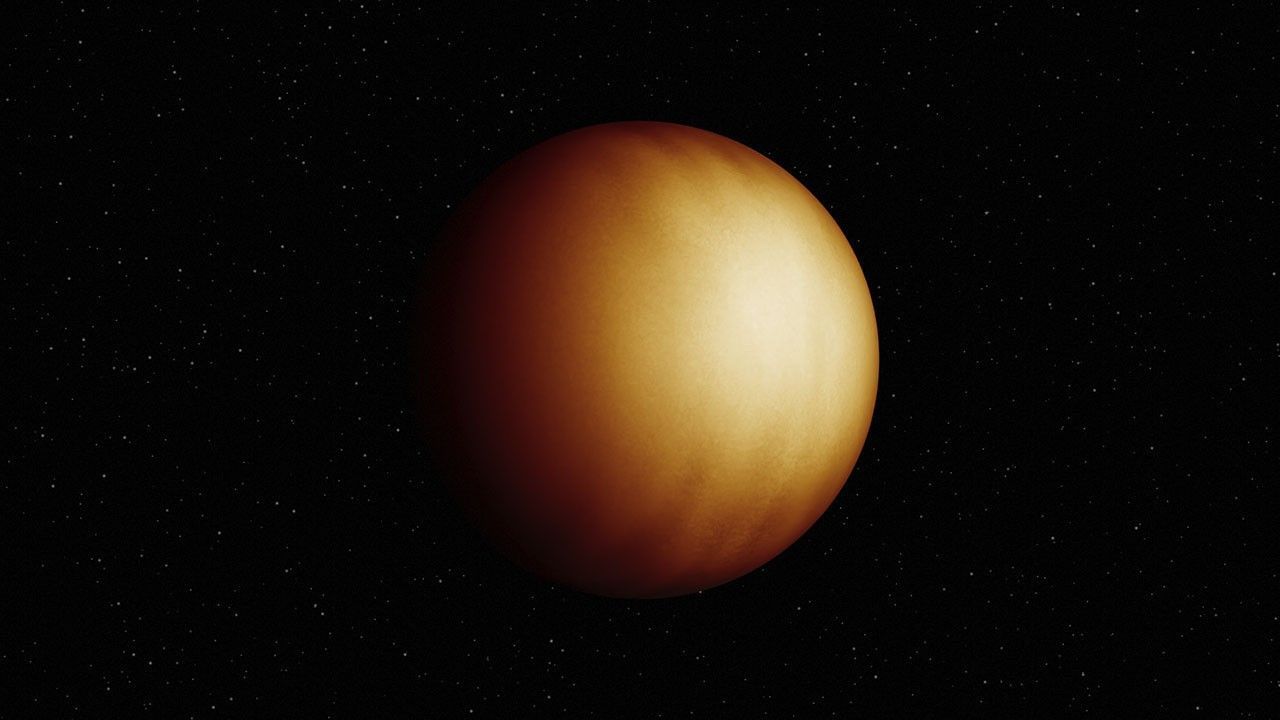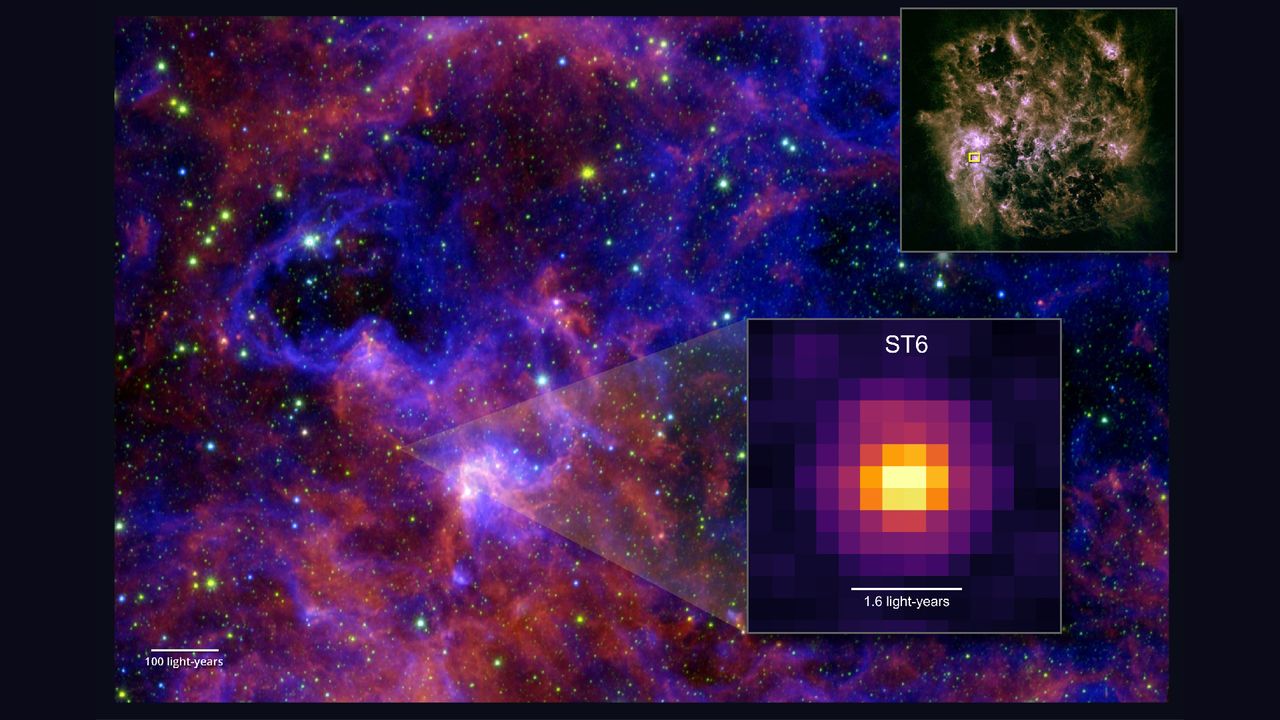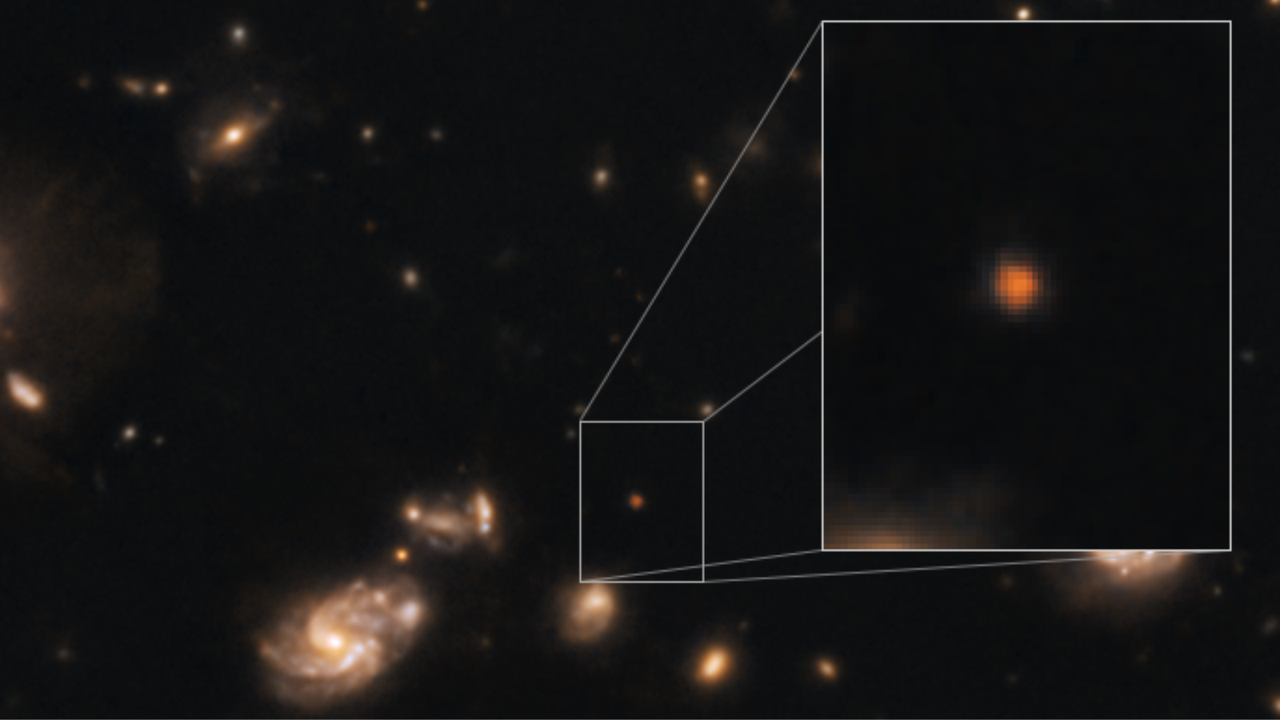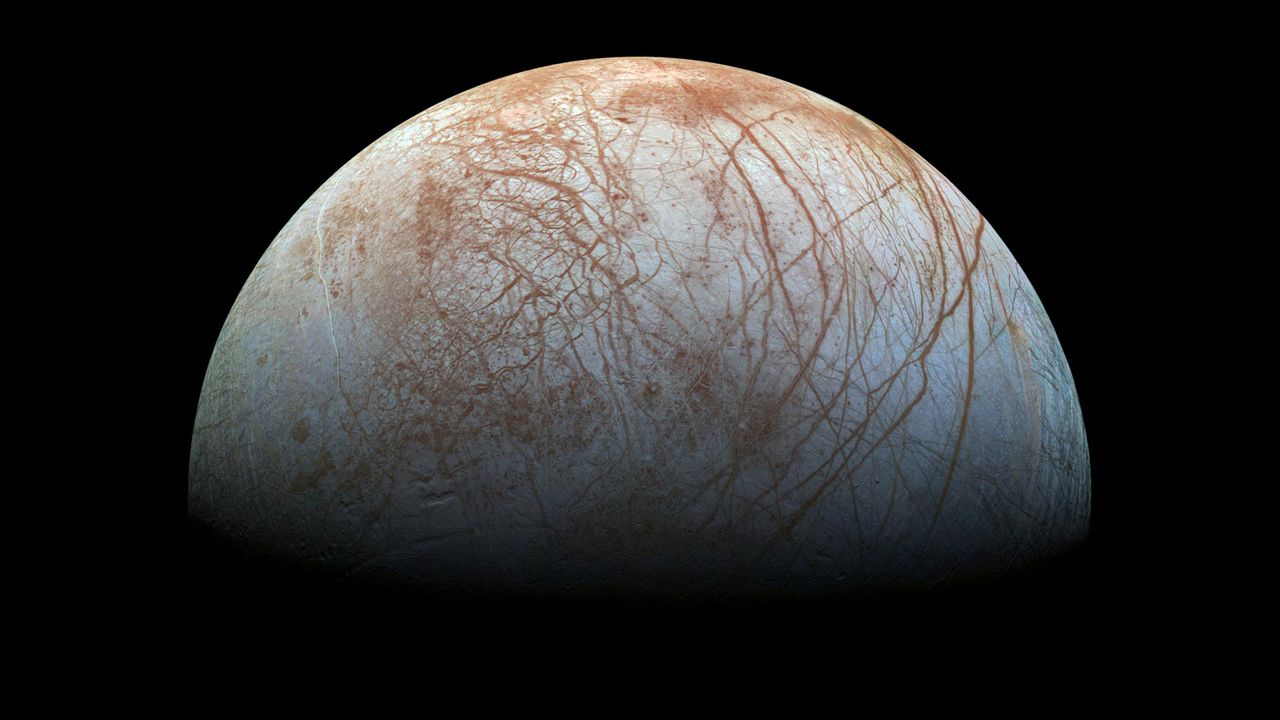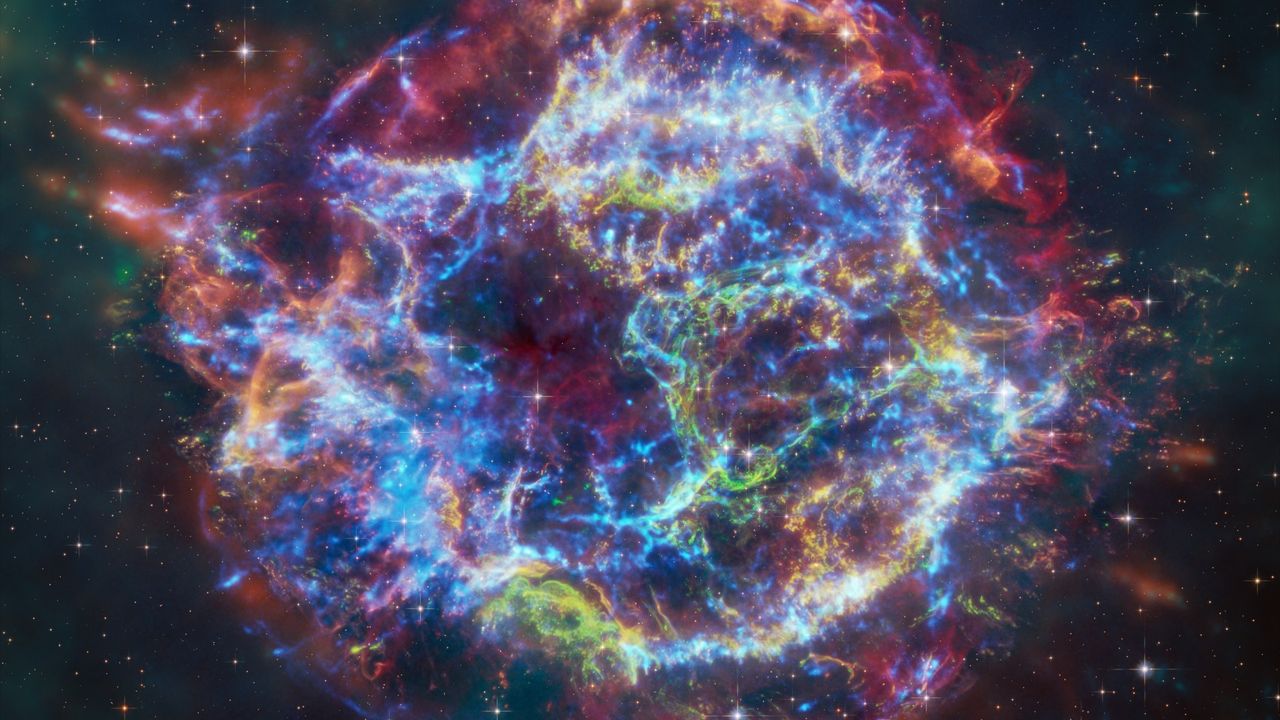James Webb Space Telescope spots the haunting Red Spider Nebula with 3-light-year-long legs
PositiveScience
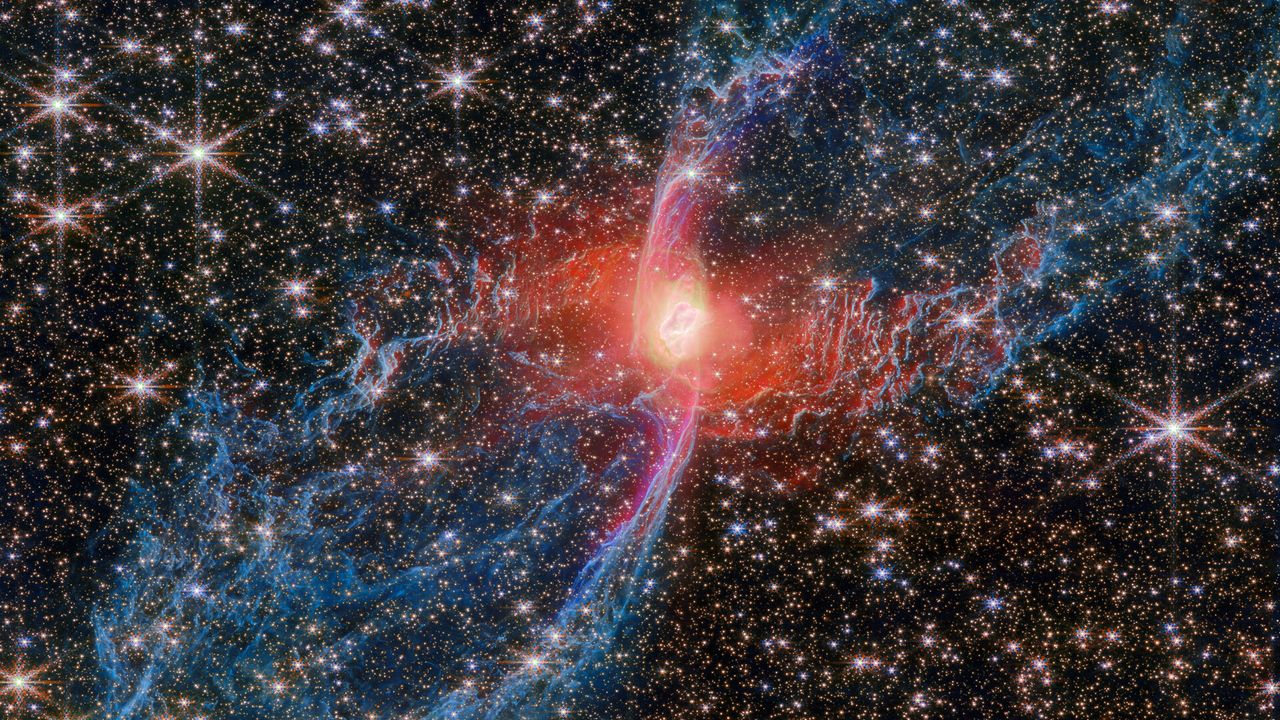
The James Webb Space Telescope has captured a stunning image of the Red Spider Nebula, featuring its striking three-light-year-long legs set against a field of twinkling stars. This discovery not only highlights the telescope's advanced capabilities but also deepens our understanding of nebulae and their role in the universe, making it an exciting moment for both astronomers and space enthusiasts alike.
— Curated by the World Pulse Now AI Editorial System
